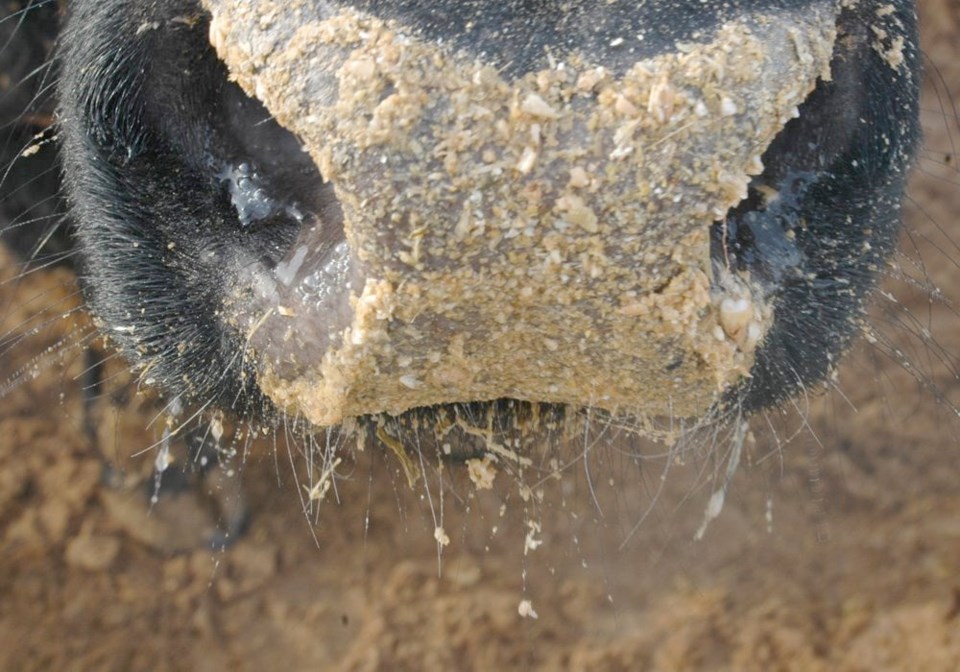WESTERN PRODUCER — As dry conditions continue to take root across much of the Canadian Prairies, feedgrain prices have for the most part been climbing, according to Susanne Leclerc of Market Master Ltd. in Edmonton.
“The futures are coming up on quite a few commodities, so the prices have been coming up slightly,” Leclerc said about feedgrains.
“It’s going to be interesting to see how crops do come out,” she added about this year’s harvest.
“But there are patches that are fine, so it’s a very mixed scenario out there.”
Leclerc said several buyers have said they are covered when it comes to corn, “but then all of a sudden we saw a run on barley this week because no one was covered.”
She said the market at times has been going from “no need to a giant need.”
The recent Canadian Drought Monitor pegged most of the Prairies as 小蓝视频 abnormally dry to in a moderate drought, with some areas more severe.
Then on July 12, the U.S. Department of Agriculture issued its monthly supply and demand estimates, which included a two-million-tonne cut in Canadian spring wheat production, now at 35 million tonnes.
Feed barley prices across Western Canada have been mixed over the week ended July 12, with old crop in Alberta dipping 11 cents per bushel overall at $7 to $9.14 per bu. Meanwhile, Saskatchewan prices were unchanged at $7 to $7.50/bu. and those in Manitoba added six cents at $7.50 to $7.56.
It was a similar situation for feed wheat with Alberta prices down five cents at $8.15 to $11.43 per bu. while Saskatchewan held at $8 to $10.25. In Manitoba, there was a 12-cent gain that raised prices to $9.61 per bu.




